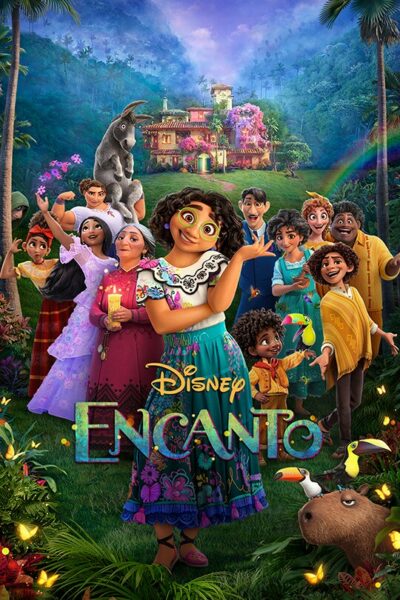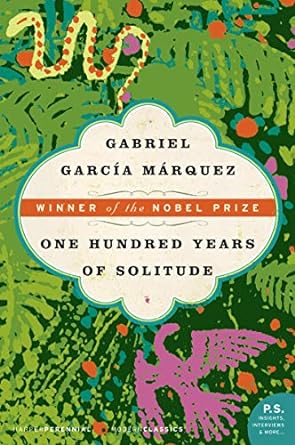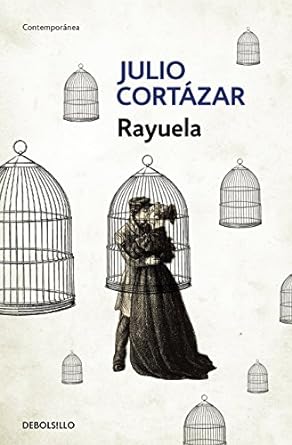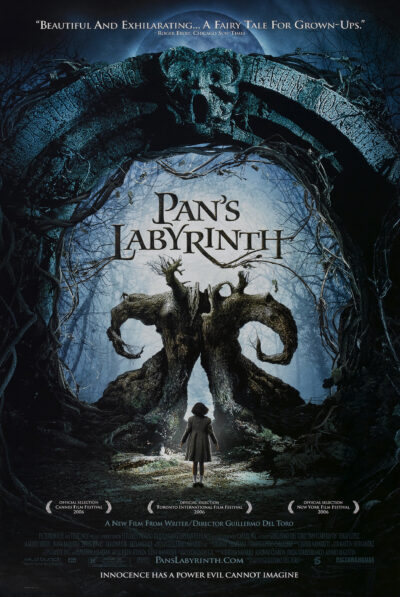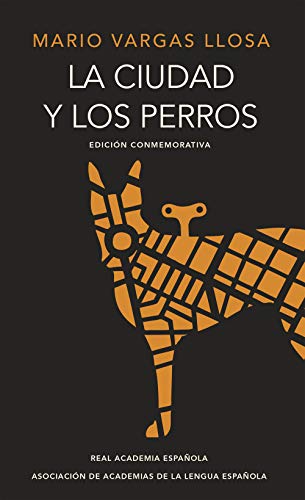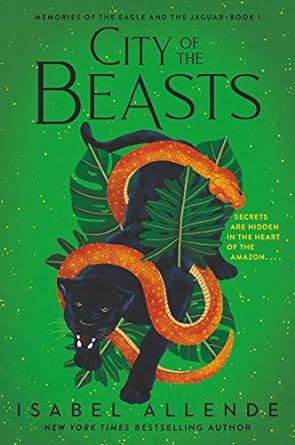The 20th century was a time of change worldwide. The American continent seemed to have a political and social upheaval. The people were tired of the old ways and pushed for political and cultural revolutions. For much of the modern history, South and Central American countries lived in a bubble. The world went on, and Europe, for the most part, ignored the colonies. That was until they revolted and fought for independence. Once they got their “independence,” Foreign corporations recolonized through corrupt governments forming Banana Republics. Writer Uslar Pietri wrote, “We were an isolated world. Important things happened far away, and all we got were the echoes that arrived fragmented to our shores.”
But that would soon change. The world would suddenly discover Latin America, its people and its culture and consume it like never before. Before World War 2, Latin Americans tried to prove they were up to par with them. The people emulated European fashion and imported European novels and art, but by the mid-20th century, Latin America would find its voice, and Europe would be the ones importing their art and books.
The Boom is considered to have taken place between 1960 and 1970. Just after Fidel Castro overthrew Fulgencio Batista, this was during the Cold War, and people were paying attention. The four prominent writers of the boom were Argentine writer Julio Cortázar, Mexican writer Carlos Fuentes, Colombian writer Gabriel Garcia Márquez, Chilean writer Mario Vargas Llosa and their literary agent Carmen Belcells, who was nicknamed “The Big Mama of the Latin American novel.” by the quad.
During this period, more novels from Latin America were read in Europe than ever before. The voices of Latinos were translated, quoted and amplified. Magical Realism became how Europe learned about the customs, cultures, traditions and folklore of the lands across the ocean. For the first time, Latinos were accepted as equals in the arts, which changed the lives of these writers and generations after the boom. To this day, for better or worse, Magical Realism is the most sought-after genre of Latin American literature. 100 Years of Solitude is the most-sold book written in Spanish, and the genre continues to enchant anyone who dares enter its realm. We can see that with the success of films such as The Shape of Water, Pans Labyrinth, La Llorona (2020), and Encanto.
So, as we celebrate Hispanic History Month, check out some of what the genre of Magical Realism has to offer.
If you want to learn more about Magical Realism, check out our event, Magical Realism: Latin American Absurdity & Imagination, on Thursday, September 21 at 5 p.m. (registration is required).

